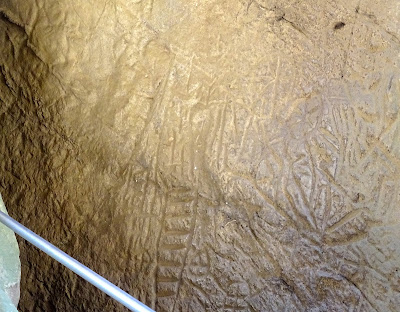15th August 2023
After a long gap I decided to blog a short trip we took to
Bhuleshwar temple some 45 kms outside Pune. We are a little rusted; not
travelling around too much these days. The pandemic, somehow, has cured us of
the wanderlust and made us appreciate what a luxury a quiet time at home is.
Anyway, here we are the 5 picnickers, making the most of a beautiful, breezy
monsoon day, while Indians everywhere celebrated the 76th
Independence Day of Mother India, five of us viz Chetali, Hemani, Seema, Rajeev, Sumita drove out in Hemani’s, (renamed Mani – like
the gem - by me), Kia.
After the usual frantic messaging to and fro, getting each
one out of their house with the usual assorted lunch items we finally were on
our way. On the Sholapur road some 45 kms outside of Pune is this beautiful
Shiva temple, dedicated to Bhuleshwar. I was curious about the name so checked
the meaning and found the following:
bhūla (भूल).—f ( H) Stupefaction
(as caused by the use of intoxicating substances). 2 Obscuration of intellect;
bewilderment or confusion of mind; infatuation. v paḍa, ghāla.
There is a story that Shiva was mesmerised after seeing
Parvati dance while meditating here and the yogi’s infatuation with Parvati
earned him the name Bhuleshwar. In keeping with the mood the inside of the
temple is adorned with a plethora of carvings of figures from the epics, the
Mahabharat and Ramanayan as also other texts, giving it a feel of the
richness of our South Indian temples.
It, however, shows the ravages of the Muslim/Mughal
devastation on the outside as also the inside which has really become a
hallmark of all our ancient temples, especially up North. Leaves one’s heart feeling
a little broken, like the statues.
Looks a little like a fort at first sight and that is
because at some point a fort wall was built around it. Apparently there were a
number of temples here but only this one survived the marauders onslaught. The
repairs to the outside is clearly visible. An interesting fact is that the
temple is made of black basalt which is not available in the vicinity. The
Kailashnath temple in Ellora is also made of the same rock type.









































































































